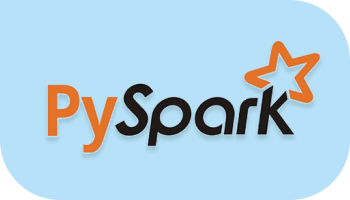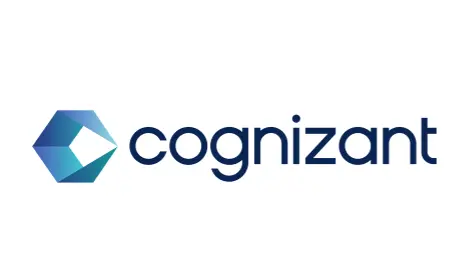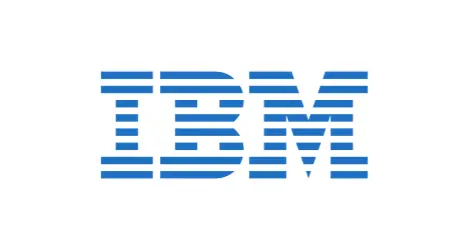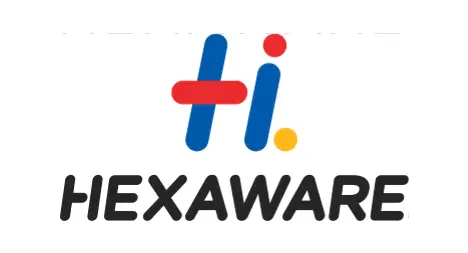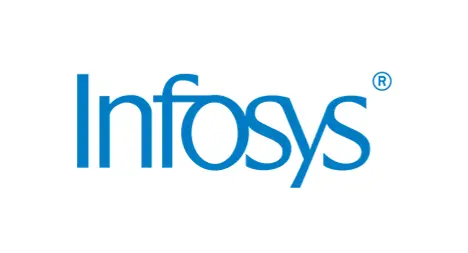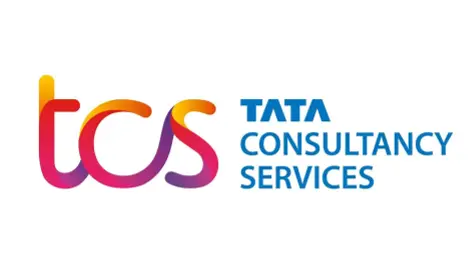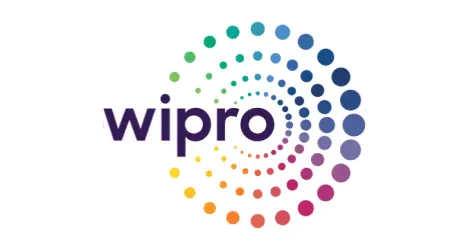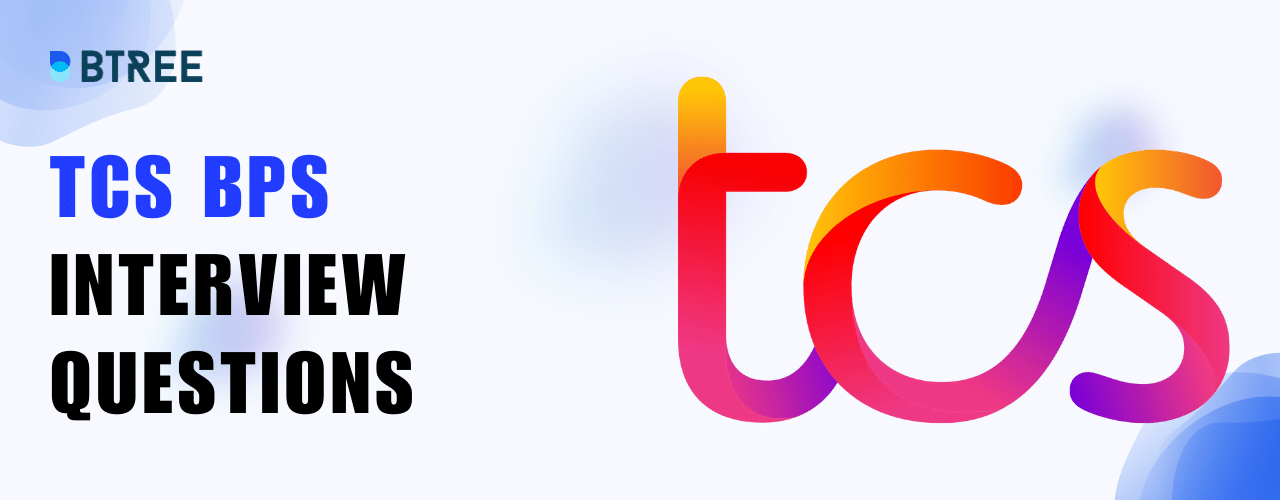PySpark Course Key Highlights
Overview of PySpark Course in Chennai
BTree help you become a PySpark Certified Developer, our industry specialists created PySpark Training in chennai. You receive an instruction throughout this course from qualified professionals with some expertise in the big data field.
Why did PySpark development use Python?
PySpark, a Python API for Spark, was released to support the collaboration of Apache Spark and Python. Furthermore, PySpark allows you to interact with Resilient Distributed Datasets (RDDs) in Apache Spark and the Python programming language. This was accomplished through the use of the Py4j library. Py4J is a popular library that is integrated into PySpark and allows Python to dynamically interact with JVM objects. PySpark includes several libraries for writing efficient programs.
Why use PySpark?
We can build model workflows in cluster environments for model training and serving using PySpark. PySpark can be used for exploratory data analysis and for creating machine learning pipelines. Exploratory data analysis (EDA) is essential for figuring out the structure of data gathering in a data science workflow. The fact that PySpark can scale to much more enormous data sets than the Python Pandas library is another benefit of using it.
Why should I learn PySpark training in BTree System?
BTree systems offer 250+ IT training courses in more than 20 branches in Chennai with 15+ years of the experience level of trainers. To train the students with a blend of practical and theoretical knowledge in real-time data science projects with case studies practice.
Talk To Us
We are happy to help you 24/7
PySpark Career Transition
60%
Avg Salary Hike
40 LPA
Highest Salary
500+
Career Transitions
300+
Hiring Partners
PySpark Course Skills Covered
Storing Big Data in HDFS
Transformations and Actions in Spark
Data Ingestion using Sqoop and Flume
Querying Big Data using Spark SQL
Building Data Pipeline using Kafka
Real-time Data Processing with Spark
park 20 architecture
Spark DataFrames
Spark lazy Evaluation and Execution
Spark Transformations and Actions
PySpark Course Tools Covered







PySpark Course Fees
16
Sep
SAT - SUN
08:00 PM TO 11:00 PM IST (GMT +5:30)
23
Sep
SAT - SUN
08:00 PM TO 11:00 PM IST (GMT +5:30)
30
Sep
SAT - SUN
08:00 PM TO 11:00 PM IST (GMT +5:30)
Unlock your future with our
"Study Now, Pay Later"
program, offering you the opportunity to pursue your education without financial constraints.
EMI starting at just
₹ 2,500 / Months
Available EMI options
3
Months EMI
6
Months EMI
12
Months EMI

Corporate Training
Enroll in our corporate training program today and unlock the full potential of your Employees
Curriculum for PySpark Certification Course in Chennai
Introduction to Big Data Hadoop
- What is Big Data
- Big Data Customer Scenarios
- Limitations and Solutions of Existing Data Analytics Architecture
- How does Hadoop Solve the Big Data Problem
- What is Hadoop
- Key Characteristics of Hadoop
- Hadoop Ecosystem and HDFS
- Hadoop Core Components
- Rack Awareness and Block Replication
- YARN and its advantage
- Hadoop Cluster and its architecture
- Hadoop: Different Cluster modes
- Big Data Analytics with Batch and Real-Time Processing
Why do we need to use Spark with Python
- History of Spark
- Why do we need Spark
- How Spark differs from its competitors
How to get an Environment and Data
- CDH + Stack Overflow
- Prerequisites and known issues
- Upgrading Cloudera Manager and CDH
- How to install Spark
- Stack Overflow and Stack Exchange Dumps
- Preparing your Big Data
Basics of Python
- History of Python
- The Python Shell
- Syntax. Variables, Types, and Operators
- Compound Variables: List, Tuples, and Dictionaries
- Code Blocks, Functions, Loops, Generators, and Flow Control
- Map, Filter, Group, and Reduce
- Enter PySpark: Spark in the Shell
Functions and Modules in Python
- Functions
- Function Parameters
- Global Variables
- Variable Scope and Returning Values
- Lambda functions
- Object-Oriented Concepts
- Standard Libraries
- Modules used in Python
- The Import Statements
- Module Search Path
- Package Installation
Overview of Spark
- Introduction
- Spark, Word Count, Operations and Transformations
- Fine-Grained Transformations and Scalability
- How does Word Count work
- Parallelism by Partitioning Data
- Spark Performance
- Narrow and Wide Transformations
- Lazy Execution, Lineage, Directed Acyclic Graph (DAG), and Fault Tolerance
- The Spark Libraries and Spark Packages
Deep Dive on Spark
- Spark Architecture
- Storage in Spark and supported Data formats
- Low Level and High-Level Spark API
- Performance optimization: Tungsten and Catalyst
- Deep Dive on Spark Configuration
- Spark on Yarn: The Cluster Manager
- Spark with Cloudera Manager and YARN UI
- Visualizing your Spark App: Web UI and History Server
The Core of Spark-RDD’s
- Deep Dive on Spark Core
- Spark Context: Entry Point to Spark App
- RDD and Pair RDD-Resilient Distributed Datasets
- Creating RDD with Parallelize
- Partition, Repartition, Saving as Text, and HUE
- How to develop RDDs from External Data Sets
- How to create RDDs with transformations
- Lambda functions in Spark
- A quick look at Map, Flat Map, Filter, and Sort
- Why do we need Actions
- Partition Operations: Map Partitions and Partition By
- Sampling your Data
- Set Operations
- Combining, Aggregating, Reducing, and Grouping on Pair RDD’s
- Comparison of Reduce by Key and Group by Key
- How to group Data into buckets with Histogram
- Caching and Data Persistence
- Accumulators and Broadcast Variables
- Developing self-contained PySpark App, Package, and Files
- Disadvantages of RDD
Data Frames and Spark SQL
- How to Create Fata Frames
- Data Frames to RDD’s
- Loading Data Frames: Text and CSV
- Schemas
- Parquet and JSON Data Loading
- Rows, Columns, Expressions, and Operators
- Working with Columns
- User-Defined Functions on Spark SQL
Deep Dive on Data Frames and SQL
- Querying, Sorting, and Filtering Data Frames
- How to handle missing or corrupt Data
- Saving Data Frames
- How to query using temporary views
- Loading Files and Views into Data Frames using Spark SQL
- Hive Support and External Databases
- Aggregating, Grouping, and Joining
- The Catalog API
- A quick look at Data
Apache Spark Streaming
- Why is Streaming necessary
- What is Spark Streaming
- Spark Streaming features and workflow
- Streaming Context and D Streams
- Transformation on D Streams
“Accelerate Your Career Growth: Empowering You to Reach New Heights in Pyspark”
PySpark Training Options
PySpark Classroom Training
-
50+ hours of live classroom training -
Real-Time trainer assistance -
Cutting-Edge on Pyspark tools -
Non-Crowded training batches -
Work on real-time projects -
Flexible timings for sessions

PySpark online training
-
50+ Hours of online Pyspark Training -
1:1 personalised assistance -
Practical knowledge -
Chat and discussion panel for assistance -
Work on live projects with virtual assistance -
24/7 support through email, chat, and social media.
Certification of PySpark Course
In addition to providing theoretical and practical training, BTree is a globally recognized firm that offers specializations for freshers and corporate trainees.
After gaining real-time project experience, a candidate who holds the certification is capable of working as a PySpark Developer.
You can increase your chances of getting an interview by including this certificate with your resume. It opens up a multitude of employment opportunities for you as well.
Knowledge Hub with Additional Information of PySpark Training
Advantages of PySpark
In-Memory Computation in Spark: In-memory processing allows you to increase processing speed. The best part is that the data is cached, so you don’t have to fetch it from the disc every time, saving you time. For those who don’t know, PySpark includes a DAG execution engine that aids in acyclic data flow and in-memory computing, both of which lead to high speed
Processing Time: When you use PySpark, you can expect to get data processing speeds that are 10x faster on disc and 100x faster in memory. This would be possible by reducing the number of read-write disc operations.
Dynamic in Nature: Spark provides 80 high-level operators it is dynamic aids in the development of parallel applications.
Spark Fault Tolerance: PySpark provides fault tolerance via Spark abstraction-RDD. The programming language is specifically designed to handle any worker node failure in the cluster, ensuring that data loss is kept to a minimum.
The framework handles errors: When it comes to synchronization points and errors, the framework handles them with ease.
Good Local Tools: There are no good visualization tools for Scala, but Python has some good local tools.
Features of PySpark SQL
Consistent Data Access: SQL supports a shared way to access a variety of data sources such as Hive, Avro, Parquet, JSON, and JDBC. It is crucial in integrating all existing users into Spark SQL.
Incorporation with Spark: PySpark SQL queries are integrated with Spark programs. We can use the queries within the Spark programs. One of its most significant advantages is that developers do not have to manually manage state failure or keep the application in sync with batch jobs.
Standard Connectivity: It connects via JDBC or ODBC, which are the industry standards for connecting business intelligence tools.
What do you mean by RDD?
RDD (Resilient Distributed Datasets) is a fundamental Spark data structure. It is a distributed collection of objects that cannot be changed. RDD divides each dataset into logical partitions that can be computed on different cluster nodes. Any type of Python, Java, or Scala object, including user-defined classes, can be contained in RDDs.
Apache Spark VS Apache Hadoop
Aside from their distinct designs, Spark and Hadoop MapReduce have been recognized by many organizations to be complementary big data frameworks that may be used together to address more complex business problems.
Hadoop is an open-source framework with the Hadoop Distributed File System (HDFS) for storage, YARN for allocating computer resources to various applications, and an execution engine based on the MapReduce programming style. Various execution engines, including Spark, Tez, and Presto, are also deployed in a typical Hadoop setup.
Spark doesn’t have a storage system of its own but instead conducts analytics on other storage systems like HDFS or other well-known stores like Amazon Redshift, Amazon S3, Couch base, Cassandra, and others.
By using YARN to share a shared cluster and dataset with other Hadoop engines, Spark on Hadoop ensures constant levels of service and response.
Our Student feedback
Hear From Our Hiring Partners
Lead recruiter at Wipro
System Engineer
BTREE's Placement Guidance Process


Placement Support
Have queries? We’re here for you! We support you with 24X7 availability with all comprehensive guidance.

Pyspark Sample Resume
Build a robust resume with battle-cut tools to land your dream job. Impress any recruiter with a rock-solid CV and personality!

Free career consultation
Overwhelmed about your future career? We offer free career consultation that helps you to figure out what you want to become.
Our Graduates Works At


FAQ on PySpark Training
How does Python different from PySpark
PySpark is a Python-based API that combines Python and the Spark framework. It is often said that Spark is a Big Data computational engine, while Python is a programming language.
What is the total duration of this course
This Pyspark Certification Course is going to take 45+ hours to end.
What is Pyspark
PySpark is a Python interface to Apache Spark. Additionally, PySpark lets you interactively analyse your data in a distributed environment using Python APIs and the Spark shell.
Do you provide course materials
Yes, we provide Pyspark Training tools and course materials with lifetime access.
Are there any prerequisites for this course
No, there are no prerequisites for Pyspark Training Certification.
How many students have been trained so far
We have currently trained more than 500 students at BTree Systems. Our students have highly appreciated the training and placement service we offer. Many of our alumni are now employed by top companies.
Can I meet the trainer before joining the course
We always encourage students to meet the trainer before joining the course. BTree Systems offers a free demo class or a discussion meeting with trainers for Pyspark Training before fees payment. We consider you to join courses only if you are satisfied with the trainer’s mentorship.
What if I miss a session
BTree Systems provides recordings of every Pyspark Certification course in Chennai class, so you’ll review them as required before the next session. With Flexi-pass, BTree Systems gives you access to all or any classes for 90 days so that you’ve got the flexibility to settle on sessions at your convenience.
What would be my level of proficiency in the subject after the course completion?
The trainers at BTree Systems are here to make the aspirants confident in Pyspark Course. The aspirants would be made industry-ready by the trainers by the time they gain the certification, so they would be highly proficient in the Pyspark Certification Course they choose, both theoretically and practically.
What can I accomplish from this PySpark Training?
Industry experts design the PySpark Training in Chennai at BTree to help you become an expert. This course training from industry practitioners who have years of experience in the same field.
Become familiar with HDFS concepts
Learn about Hadoop’s architecture
Develop an understanding of Spark and implement Spark operations on Spark Shell
Learn what Spark RDDs do
Learn what Spark RDDs do
Create Spark applications using YARN (Hadoop)
Are you Located in any of these locations
Adyar
Anna Nagar
Besant Nagar
Ambattur
Guindy
K.K. Nagar
Koyambedu
Chromepet
Nandanam
OMR
Perungudi
Mylapore
Poonamallee
Porur
Saidapet
Sholinganallur
T. Nagar
Teynampet
Vadapalani
Velachery
Find Us
Address
Plot No: 64, No: 2, 4th E St, Kamaraj Nagar, Thiruvanmiyur, Chennai, Tamil Nadu 600041
